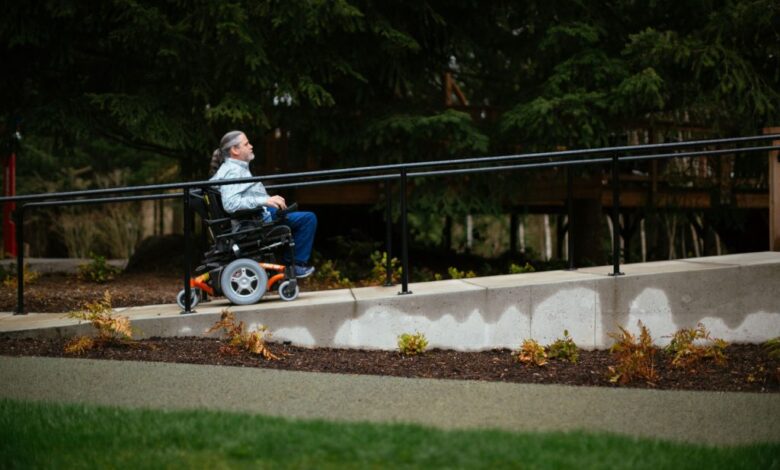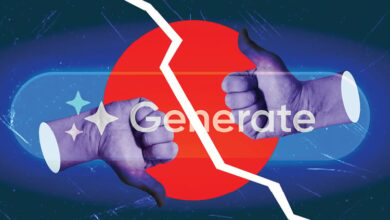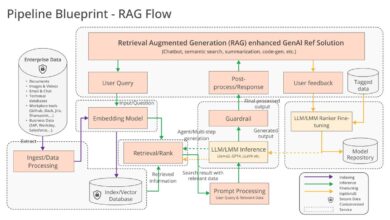Redefining accessibility and inclusion with AI

“The AI generated descriptions are so detailed that in my head I can paint the artwork.” Carine de Bruin, like millions of visitors each year, loves to immerse herself in the artistic riches of Amsterdam’s Rijksmuseum.
But until recently the world-renowned collection of Rembrandts, Vermeers, and other Dutch masters were out of Carine’s reach. Low vision brought about by a genetic disease meant that she could not fully enjoy the Rijksmuseum experience. That is now changing. The Rijksmuseum has embarked on a remarkable project. The Rijksmuseum has embarked on a remarkable project together with the disability community and Microsoft that uses AI to create detailed descriptions of paintings, bringing one million artifacts to life for those, like Carine, who cannot see them.
Across Europe similar stories unfold. AI powered tools are creating new possibilities for people with disabilities, a major advancement from the early days of assistive technology. Cloud computing and AI are moving accessible technology to the next level, connecting devices to the internet, and boosting capabilities.
Today, generative AI joins the mix. Hector Minto, Microsoft’s Senior Technology Evangelist for Accessibility, says this is transforming the playing field: “Generative AI makes everything that came before it less clunky and more intuitive. By multiplying the size of available data sets, it takes us from basic technological help to imaginative new ways of interacting with the world. People can ask complex questions and get intelligent answers. An image of someone’s refrigerator is not just described to them, Generative AI helps them figure out what they can make for dinner.”
This generative AI shift is not just about the technology itself but about a new approach to accessibility. “Assistive technology used to be something tacked on after the fact to make computers and software more accessible,” says Rylin Rodgers, Disability Policy Advisor at Microsoft. “Now, we’re seeing many of those features integrated right from the start, making them available to everyone.”
Copilot is a case in point. Its multiple useful features are a game changer for everyone while, at the same time, responding to the individual needs of people with disabilities. Personal stories show the difference that Copilot has made:
- For someone with low vision, Copilot summarizes complex and lengthy emails, alleviating the strain of reading
- A person with ADHD uses Copilot to navigate complex Excel functions that previously required constant relearning
- A dyslexic person finds Copilot invaluable for capturing accurate notes from public policy hearings, a task that was previously difficult and time-consuming
- For an autistic person who is daunted by social interaction, Copilot can help by transcribing meetings live and suggesting optimal times to interject. It also helps them use the right tone when sending emails
Supporting neurodivergent people is a shift that Hector Minto is excited about. “People who are autistic, ADHD, or dyslexic have not traditionally been the primary focus of tech innovations. Generative AI is incredibly useful in helping to navigate challenges that once seemed insurmountable.”
To drive more widespread inclusion of neurodiversity, Microsoft supports an AI-based project by the UK-based not-for-profit Global Symbols that helps people who do not use their voice to communicate by creating more easily understood symbols. Traditionally, the availability of these communication aids has been mainly confined to U.S or large European markets, leaving out many other cultures and languages. But, by using AI, the project can now quickly develop and distribute symbols that are used across different languages and cultures.
The European Disability Forum (EDF) recognizes the potential of AI to greatly improve the lives of persons with disabilities but also highlights its potential risks. “We need to ensure that it does not repeat or amplifies the pattern of discrimination that persons with disabilities face both in the digital and non-digital world,” said Alejandro Moledo, Deputy Director and Head of Policy.
People with disabilities – employees and customers – are involved in all stages of AI development, and as AI continues to evolve, it’s crucial to continue engaging the global disability community, and make tools more accessible to those who can benefit most from them. This week, Microsoft will again be a partner and host for the European Disability Forum’s annual Accessibility Summit, where Hector Minto and Rylin Rodgers will present some of the newest accessibility technologies.
Also on the agenda of the European Accessibility Summit is public policy. “The EU’s Accessibility Act requires critical technology to adhere to accessibility standards, a big win for inclusion. Regulation more specific to AI – including the EU’s AI Act – must address privacy concerns and misuses but not restrict essential AI tools such as voice technology used by people with speech disabilities,” says Rylin Rodgers.
Across the EU, disabled people are advocating for more inclusive policy, such as the Zero Project initiative emerging from Austria and supported by Microsoft. It uses AI to make the world’s accessibility best practices and innovations readily available to policymakers, tech innovators, and the disability community. It contains vast amounts of research on accessibility innovation and disability policies in an easily accessible and findable format, helping to promote successes and learnings across different regions.
At the Rijksmuseum, they, too, have the goal of sharing their experiences with others. They want to inspire museums across the world to make their artworks accessible. In the words of Floris Horsman, a Microsoft Cloud Solution Architect who was born with low vision: “Access to art is access to our humanity. It is a collective good. For everyone.”



